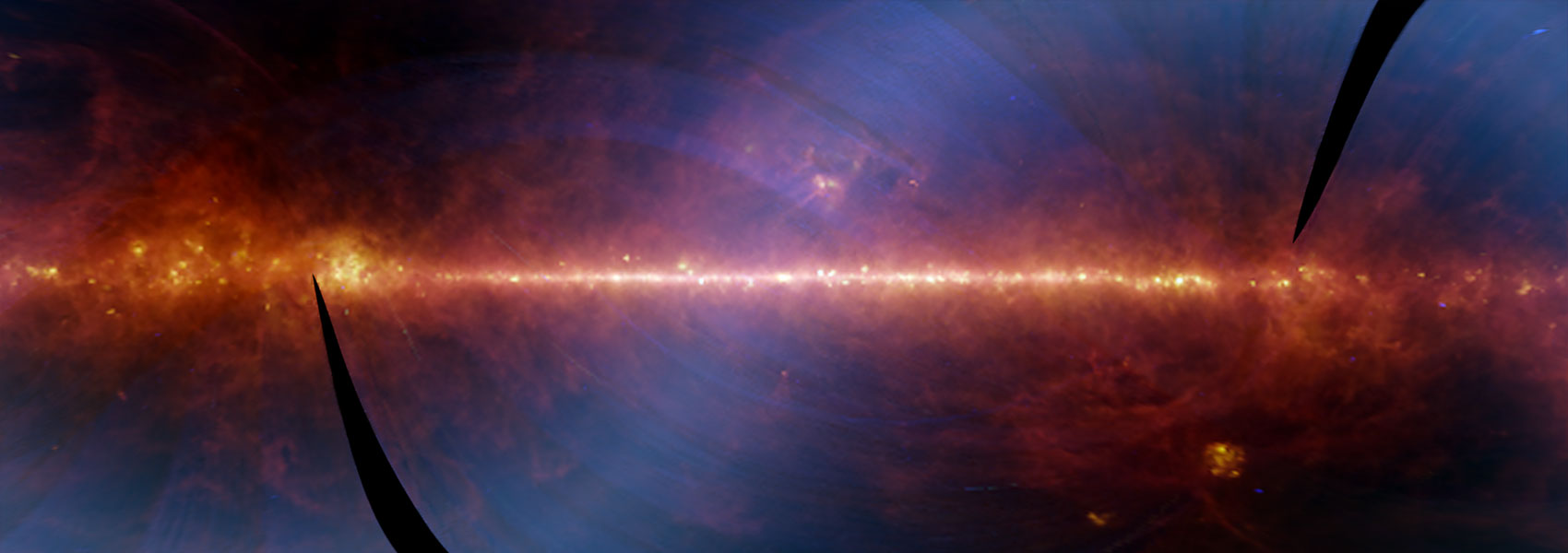July
2011
•
2011AJ....142...19H
Authors
•
Howell, Steve B.
•
Everett, Mark E.
•
Sherry, William
•
Horch, Elliott
•
Ciardi, David R.
Abstract
•
We present the first results from a speckle imaging survey of stars classified as candidate exoplanet host stars discovered by the Kepler mission. We use speckle imaging to search for faint companions or closely aligned background stars that could contribute flux to the Kepler light curves of their brighter neighbors. Background stars are expected to contribute significantly to the pool of false positive candidate transiting exoplanets discovered by the Kepler mission, especially in the case that the faint neighbors are eclipsing binary stars. Here, we describe our Kepler follow-up observing program, the speckle imaging camera used, our data reduction, and astrometric and photometric performance. Kepler stars range from R = 8 to 16 and our observations attempt to provide background non-detection limits 5-6 mag fainter and binary separations of ~0.05-2.0 arcsec. We present data describing the relative brightness, separation, and position angles for secondary sources, as well as relative plate limits for non-detection of faint nearby stars around each of 156 target stars. Faint neighbors were found near 10 of the stars.
Links




